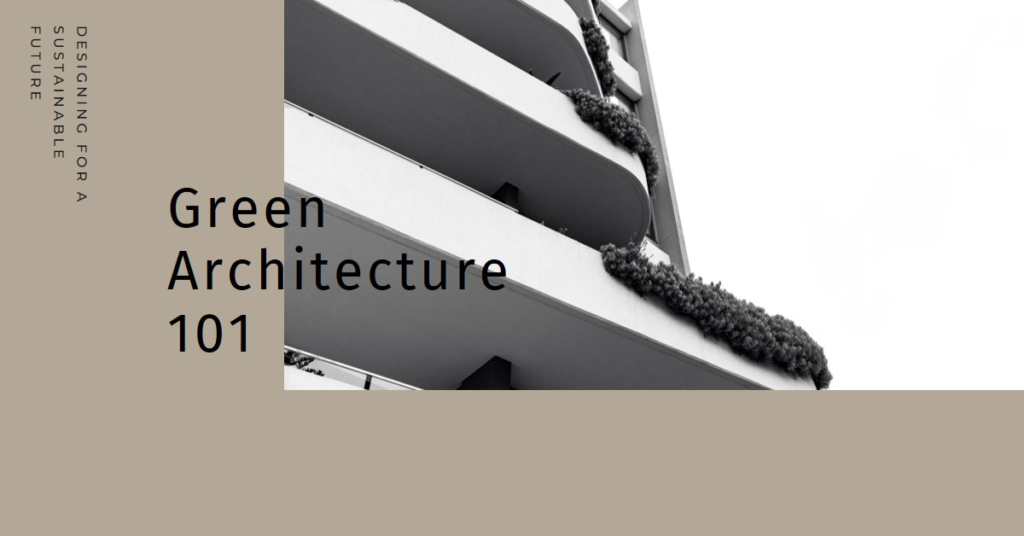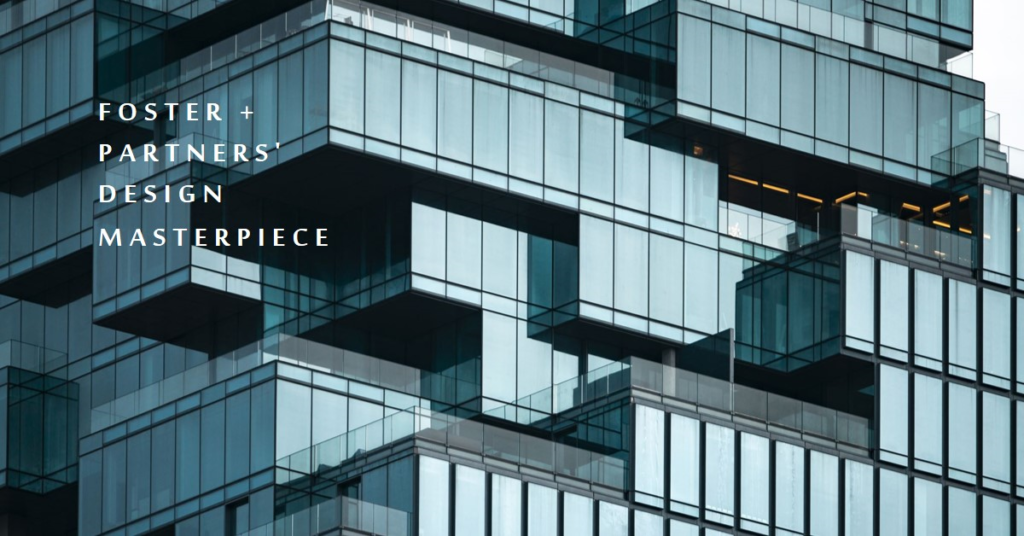
Table of Contents
Introduction:
In the wake of climate change and environmental degradation,Green Architecture – the architectural industry is experiencing a paradigm shift towards sustainability. Green architecture, also known as sustainable architecture, prioritizes environmental responsibility, resource efficiency, and the well-being of occupants. In this comprehensive guide, we delve into the principles, strategies, and benefits of green architecture, paving the way for a more sustainable future.
Understanding Green Architecture:
Green architecture encompasses a holistic approach to building design that integrates ecological principles into every stage of the process. From site selection and material sourcing to energy consumption and waste management, every decision is made with environmental impact in mind. By prioritizing sustainability, green architects aim to minimize the carbon footprint of buildings while enhancing their functionality and comfort.
Key Principles of Green Architecture:
At the core of green architecture lie several key principles that guide design and construction. Energy efficiency is paramount, achieved through strategies such as passive solar design, proper insulation, and the use of renewable energy sources like solar panels and wind turbines. Water conservation is another crucial aspect, with measures such as rainwater harvesting and greywater recycling reducing demand on municipal supplies. Additionally, green architects prioritize materials that are eco-friendly, locally sourced, and low in embodied energy, further reducing environmental impact.
Sustainable Site Selection:
The location of a building plays a significant role in its sustainability. Green architects carefully consider factors such as proximity to public transportation, access to amenities, and impact on local ecosystems. By choosing infill sites over greenfield development and prioritizing brownfield redevelopment, they minimize urban sprawl and preserve natural habitats. Furthermore, site orientation and landscaping techniques are utilized to optimize natural light, ventilation, and outdoor spaces.
Designing for Energy Efficiency:
Energy-efficient design lies at the heart of green architecture, aiming to minimize energy consumption and reliance on non-renewable resources. Passive solar design principles are employed to harness the sun’s energy for heating and lighting, reducing the need for artificial heating and cooling systems. Building orientation, window placement, and shading devices are carefully optimized to maximize natural daylight while minimizing heat gain in summer and heat loss in winter.


Innovative Materials and Technologies:
Advancements in materials science and technology have opened up new possibilities for sustainable construction. Green architects are increasingly turning to eco-friendly materials such as reclaimed wood, bamboo, recycled metal, and low-VOC paints. Moreover, innovative technologies like green roofs, living walls, and permeable pavements are being embraced to enhance energy efficiency, improve air quality, and mitigate storm water runoff.
Promoting Indoor Environmental Quality:
Green architecture prioritizes the health and well-being of building occupants by creating indoor environments that are conducive to productivity, comfort, and overall wellness. This entails optimizing indoor air quality through proper ventilation systems, filtration mechanisms, and the use of non-toxic building materials. Natural lighting and views of nature are also emphasized to reduce reliance on artificial lighting and foster a connection to the outdoors.
The Economics of Sustainability:
Contrary to popular belief, green architecture is not just an ethical choice but also an economically viable one. While initial costs may be slightly higher due to investments in energy-efficient systems and eco-friendly materials, the long-term savings in energy bills and maintenance expenses more than offset the upfront investment. Additionally, green buildings often command higher resale values and enjoy greater market demand, making them a sound financial investment in the long run.
Measuring Success: Certifications and Standards:
To assess and recognize the sustainability performance of buildings, various certifications and standards have been developed, such as LEED (Leadership in Energy and Environmental Design), BREEAM (Building Research Establishment Environmental Assessment Method), and Passive House. These rigorous frameworks evaluate factors such as energy efficiency, water conservation, indoor air quality, and ecological impact, providing valuable benchmarks for green architecture projects.
Conclusion:
As we confront the challenges of climate change and resource depletion, the importance of green architecture cannot be overstated. By embracing sustainable design principles, architects have the power to mitigate environmental harm, enhance human well-being, and create a built environment that harmonizes with nature. Through thoughtful planning, innovative technologies, and a commitment to excellence, we can pave the way towards a more sustainable future for generations to come.


